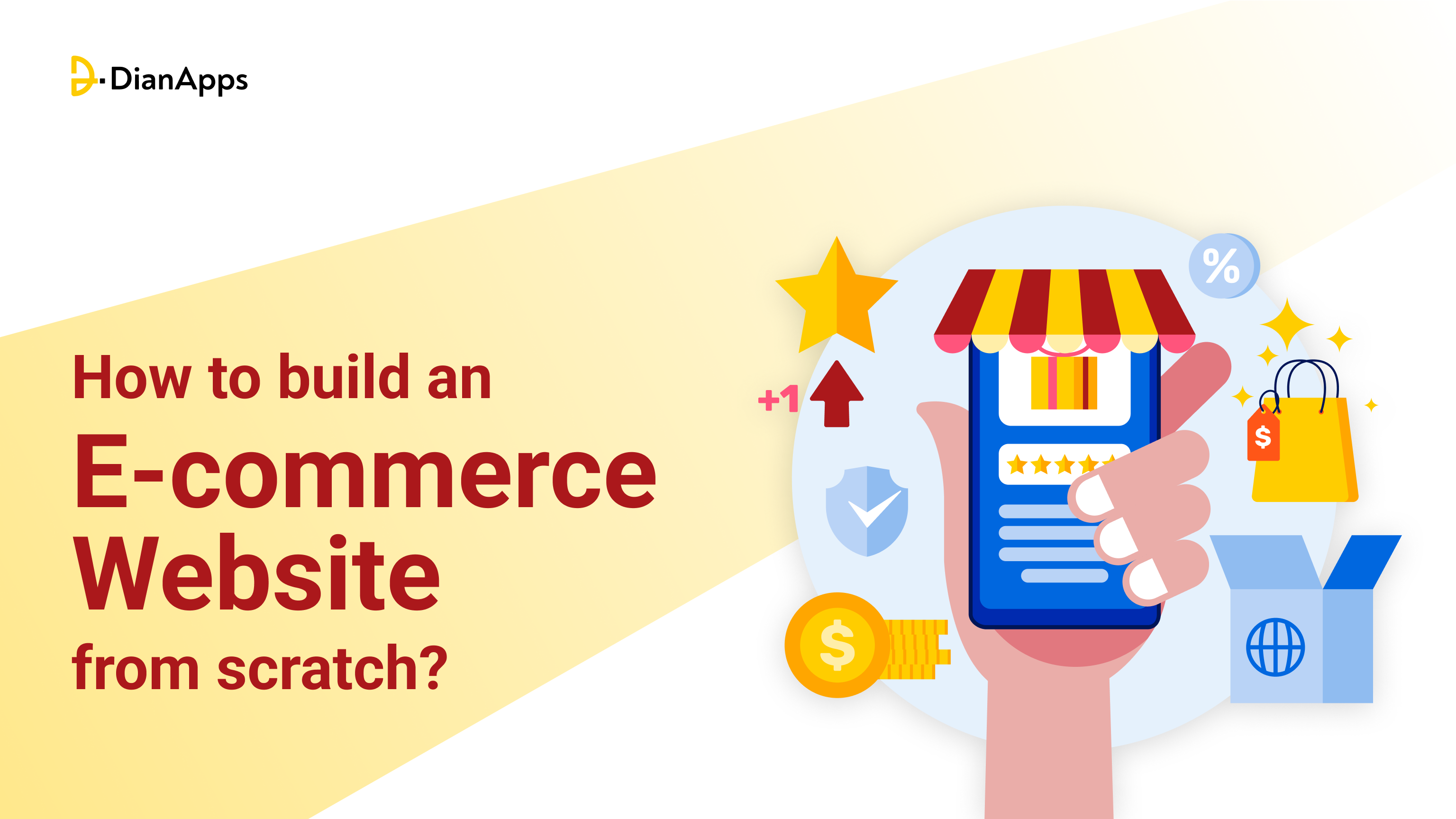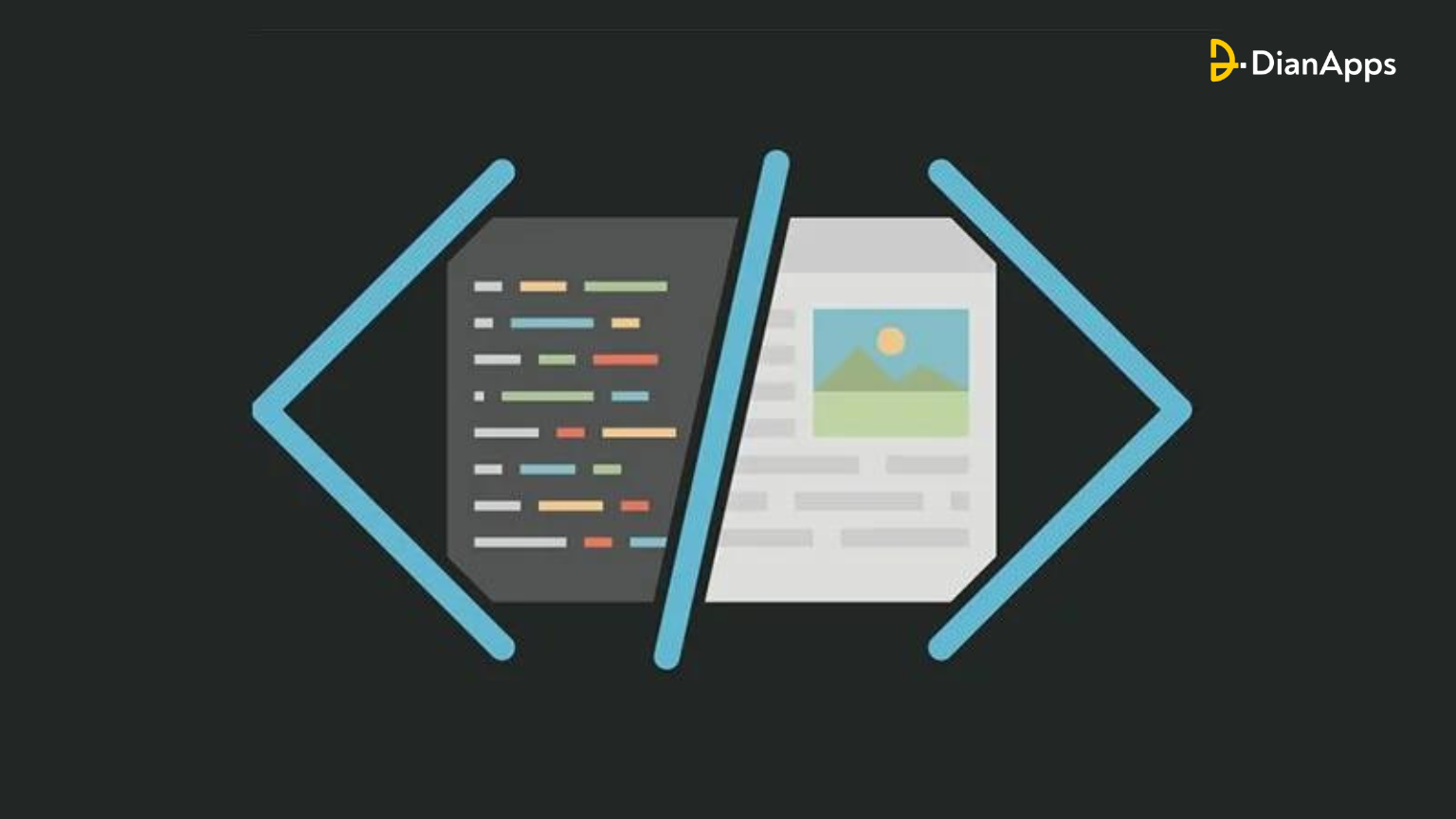How to build an Ecommerce Website from scratch?
Ever Googled “how to start an online store with no experience” or “how much does it cost to build an ecommerce website from scratch” and found yourself lost in a maze of jargon, half-answers, or pushy platform ads?
You’re not alone.

In fact, more than 65% of first-time ecommerce founders say that the initial challenge isn’t product sourcing or marketing, it’s building the actual website. And with global ecommerce sales projected to surpass $8.1 trillion by 2026, having your own fully-functional, conversion-driven ecommerce site is no longer optional, it’s essential.
But here’s the twist: building an ecommerce website isn’t just about dragging and dropping products into a template. It’s about creating a digital storefront that’s fast, secure, SEO-ready, and designed to convert. And if you’re planning to scale, or even survive, in today’s hyper-competitive market, customization, performance, and user experience will make or break your success.
Whether you’re a bootstrapped entrepreneur, a growing retail brand, or a developer looking to branch into ecommerce development, this guide walks you through exactly how to build an ecommerce website from scratch, not just technically, but strategically.
We’ll cover:
- Core ecommerce development steps
- The tech stack that drives modern online stores
- SEO and performance optimization must-haves
- Conversion-focused design principles
- And the essential features your customers expect in 2025 and beyond
Because in the digital economy, your ecommerce site isn’t just a website, it’s your business.
Ecommerce Website Trends You Should Know Before Starting Development
Before you start coding or wireframing your ecommerce website, it’s important to take a step back and understand the trends shaping online shopping experiences today.
Why? Because the ecommerce landscape evolves faster than you think, and building an ecommerce website that’s outdated at launch is a risk no brand can afford.
Here are some of the most impactful ecommerce trends to consider before you dive into development:
1. Mobile-First is No Longer Optional

With over 73% of ecommerce traffic now coming from smartphones, creating a mobile-first ecommerce website is no longer just good practice, it’s a ranking factor. Thanks to Google’s mobile-first indexing, your store’s performance on mobile directly influences your visibility on search engines. Make responsive design and fast-loading mobile pages your top development priorities.
2. Personalized Ecommerce Experiences Win More Conversions
Shoppers now expect personalized experiences, whether it’s product recommendations, dynamic pricing, or location-based offers. Research shows 74% of users are frustrated when websites don’t offer personalization. Use tools that support ecommerce personalization and AI-based recommendations to boost engagement.
3. Voice Search Ecommerce Is Booming
As smart assistants and mobile voice search usage grow, ecommerce platforms must adapt. People now search for things like “buy waterproof running shoes under $100” through voice. Ensure your ecommerce website for voice search is optimized, ecommerce trends, and can support conversational commerce tools like AI chatbots.

4. Headless Ecommerce Website Architecture Is the Future

Modern brands are ditching traditional monolithic setups and opting for a headless ecommerce website. This architecture separates frontend and backend, allowing you to deliver content seamlessly across mobile, desktop, and smart devices. Choose a headless CMS for online store flexibility and better page speed performance.
5. Sustainable Ecommerce Websites Are in Demand
Today’s consumers care about who they buy from. A sustainable ecommerce website can directly influence purchasing decisions. Buyers are drawn to transparency, ethical sourcing, and eco-friendly practices. Add sustainability badges, green shipping options, and highlight your values.
6. Ecommerce Payment Trends Are Changing Rapidly

Customers expect flexible payment methods like Buy Now, Pay Later (BNPL), digital wallets, and even crypto. Checkout friction = lost sales. Integrate trending options that reflect current ecommerce payment trends and offer BNPL integration for ecommerce flexibility.
7. Ecommerce AR Experience Drives Higher Engagement

With augmented reality shopping experiences, users can visualize products in real-world settings before making a purchase. This is a game-changer for categories like fashion, beauty, and home décor. Build your store with support for future AR integrations in ecommerce.
8. Core Web Vitals Are Essential for Ecommerce Site Speed
Site speed is now a ranking factor. Google uses Core Web Vitals to evaluate user experience metrics like load speed, responsiveness, and visual stability. Optimize your ecommerce site speed through CDN, image compression, and efficient coding from day one.
9. Social Commerce Integration Boosts Conversions
Shoppers no longer just discover products on your website, they browse on Instagram, Pinterest, and TikTok. A successful store integrates with social platforms natively. Enable social commerce integration and sync your products across all major channels.
10. Subscription Ecommerce Website Models Are Growing
From meal kits to grooming products, subscription commerce is booming. Having a subscription ecommerce website means more predictable revenue and customer retention. Incorporate tools that support recurring billing integration and personalized reorder flows.
Another future of retail trends is said to be wearable app development. See how it can become an ecommerce success for your business!
Why These Trends Matter!
Staying ahead of trends isn’t about being flashy, it’s about building a site that performs, scales, and connects with modern consumers. Integrating these ecommerce trends from the ground up ensures your site isn’t just functional, it’s future-ready.
Steps to Build an Ecommerce Website From Scratch
You’ve locked in the trends, understood what customers expect, and now it’s time to get your hands on the cleanest, most strategic way possible.
Building an ecommerce site seems easy, but it involves some complex scenarios to encounter, such as creating a user-friendly website, smooth navigation, modern appearance, SEO optimization, and overall branding.
Step 1:Understand the Ecommerce Business Model
Before writing a single line of code or picking a platform, clarify how your ecommerce business will operate. Are you selling directly to customers (B2C), to other businesses (B2B), or launching a D2C brand? Will it be a dropshipping model or a subscription-based service?
Choosing the right model informs everything, from the features you’ll need to the way your site is structured.
Quick Tip: Validate your model with keyword research tools like Google Trends or Semrush to ensure there’s consistent search volume for your niche.
Step 2: Choose the Right Platform or Tech Stack
Your ecommerce tech stack determines your store’s flexibility and scalability.

- Beginner-friendly platforms: Shopify, Wix, WooCommerce.
- For full customization: React or Next.js (frontend), Node.js or Laravel (backend), with a headless CMS like Strapi.
Read which ecommerce platform is best for you!
The choice between platform-based and custom-built ecommerce stores comes down to two things: how much control you want, and how much complexity you’re willing to handle. Either way, the foundation must align with both your current goals and future vision.
Step 3: Secure a Domain and Hosting Provider
A short, memorable domain name helps with both brand recognition and SEO. Avoid complex spellings, use a .com or regional extension, and ensure the name aligns with your business.
For hosting:
- Choose built-in options if you’re on Shopify or Wix.
- For custom sites, go with cloud-based providers like AWS, DigitalOcean, or Hostinger to meet performance and uptime expectations.
A slow website doesn’t just frustrate users, it can hurt your SEO rankings and sales. Google’s Core Web Vitals emphasize loading speed, interactivity, and visual stability, making performance optimization a priority from the hosting stage onward.
Step 4: Design a Conversion-Focused Architecture
Once the foundation is in place, it’s time to build the architecture of your store. This is where user experience and information flow come into play. Your ecommerce website should guide visitors effortlessly from discovery to checkout.
- Homepage
- Category and sub-category pages
- Product detail pages
- Cart and checkout
- Blog, About, FAQs, Contact
Design-wise, prioritize clarity over creativity. Your layout should support customer actions, not distract from them. Calls to action should be immediately visible. Navigation should be simple, search should be fast, and your content should feel tailored to mobile users, who now dominate ecommerce traffic globally.
Invest in user interface (UI) and user experience (UX) design with tools like Figma or Adobe XD. A few hours spent perfecting usability in the design phase can dramatically increase conversion rates once the site is live.
Step 5: Add Product Listings and Content
The way you present your products is just as important as the products themselves. Product pages should be comprehensive, persuasive, and optimized for search engines. Start with high-resolution images showing different angles, followed by clear product titles that include searchable keywords such as brand, size, use case, and material.
- Use high-resolution images from multiple angles
- Add keyword-rich titles and meta descriptions
- Write benefit-led product descriptions, not just specifications
- Include reviews, FAQs, and shipping info for transparency
Beyond product listings, your website’s ecommerce content should convert sales and must include SEO-friendly blogs, guides, and category descriptions. Not only do these pages improve your organic visibility, but they also help you build authority in your niche while answering search queries your potential customers are already Googling.
Step 6: Set Up Payment Gateways, Shipping & Security
An ecommerce website cannot function without a secure, seamless way for customers to pay and receive their orders.
- Integrate gateways like Stripe, Razorpay, or PayPal
- Enable multiple payment modes: cards, UPI, wallets, BNPL
- Configure shipping zones, taxes, and return policies
- Install SSL certificates and ensure PCI compliance
Security builds trust and is critical for protecting customer data and payment details.
Step 7: Optimize for Ecommerce SEO

Even the most well-designed ecommerce store won’t attract visitors if it doesn’t show up in search engine results. That’s why ecommerce SEO needs to be an ongoing part of your strategy from day one.
- Optimize URLs, titles, headers, and image alt tags
- Improve loading speed and mobile responsiveness
- Submit an XML sitemap and fix crawl errors
- Add schema markup to highlight reviews, ratings, prices
SEO for e-commerce’s web performance optimization isn’t a one-time task, it’s an ongoing process that drives long-term, free traffic and positions your brand ahead of competitors.
Step 8: Test, Launch, and Monitor
Before going live, test every part of the user journey.
- Confirm all forms, carts, and checkout processes work
- Test across devices and browsers
- Track site performance via Google Analytics and Search Console
- Use heatmaps to improve UX after launch
Once launched, the work doesn’t end. Track performance using analytics tools to monitor bounce rates, session duration, and conversion goals. Heatmaps and user recordings can reveal where users are dropping off, while SEO tools like Ahrefs or Semrush can help track keyword visibility.
Every data point becomes an opportunity to optimize. Ecommerce success is rarely instant, it’s iterative, based on constant learning and enhancement.
How Much Does It Cost to Build an Ecommerce Website?
The cost of ecommerce website development can vary widely depending on the platform, features, and level of customization you require. A basic store built on platforms like Shopify or WooCommerce may cost between $500 to $5,000, while a custom ecommerce solution developed by the top developers can range from $8,000 to $50,000 or more.
Factors that influence the overall cost include:
- Design complexity and branding
- Number of product pages
- Third-party integrations (payment gateways, shipping APIs, CRMs)
- Custom features (filters, real-time tracking, AI chatbots)
- Ongoing maintenance and SEO
Investing wisely from the start ensures your store is not only scalable but also aligned with long-term business goals.
Conclusion
Building an ecommerce website from scratch is no longer just an option, it’s a strategic move that can define your brand’s digital future. From choosing the right business model and platform to optimizing every product page for performance and SEO, each step plays a critical role in determining how well your store attracts, converts, and retains customers.
But as the ecommerce space becomes increasingly competitive, getting everything right from the ground up requires more than just enthusiasm, it calls for expertise. This is where partnering with a reliable website development company can give you a serious edge.
Whether you’re aiming for a quick launch using no-code platforms or developing a custom-built ecosystem from scratch, the right development partner ensures your store is not only functional but future-ready.
So if you’re ready to go beyond templates and build an ecommerce presence that truly sells, it’s time to invest in strategic planning, scalable technology, and a team that understands both. Your online store isn’t just a website, it’s your most powerful sales channel. Build it like it matters.
Also read: How to increase your ROI with AI in marketing to boost ecommerce sales.




